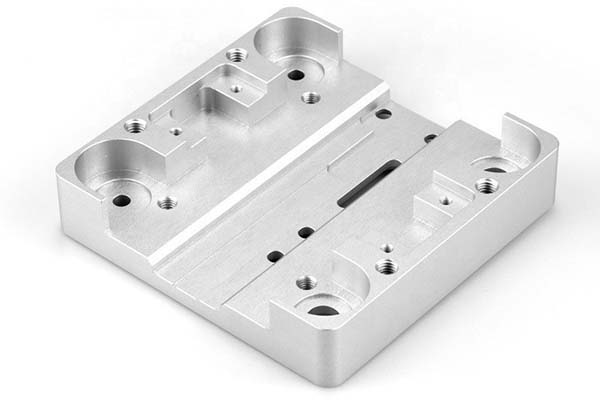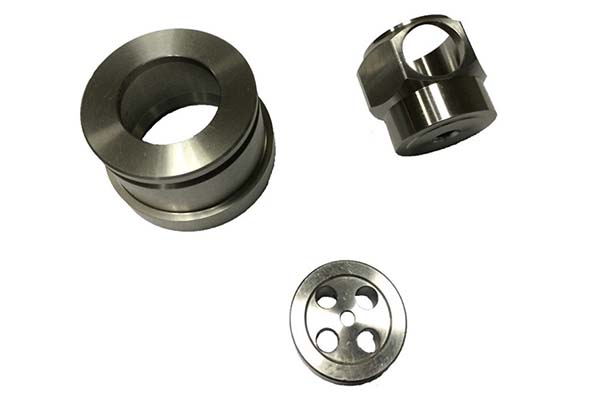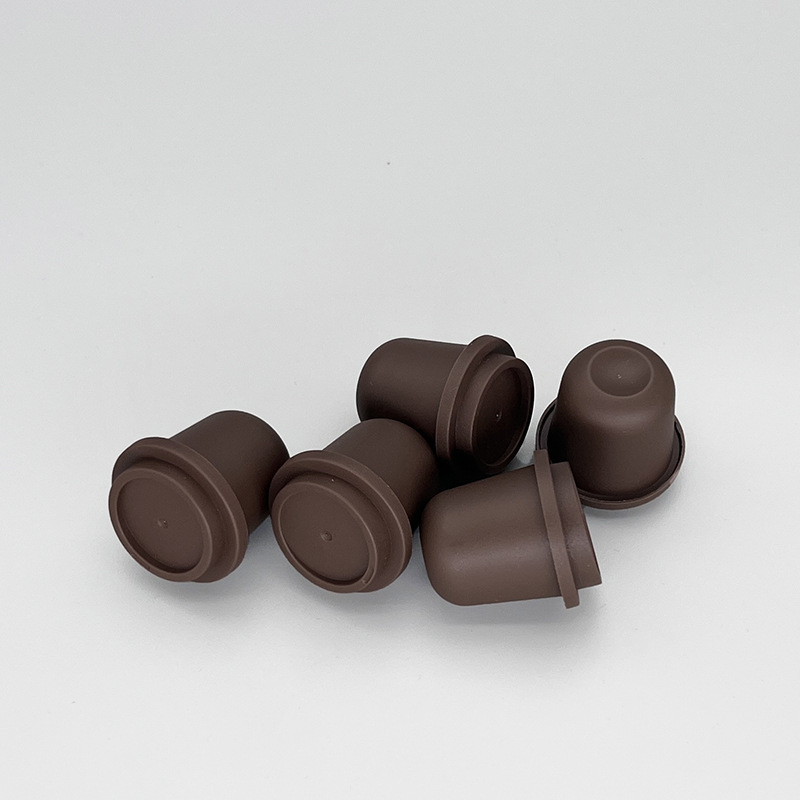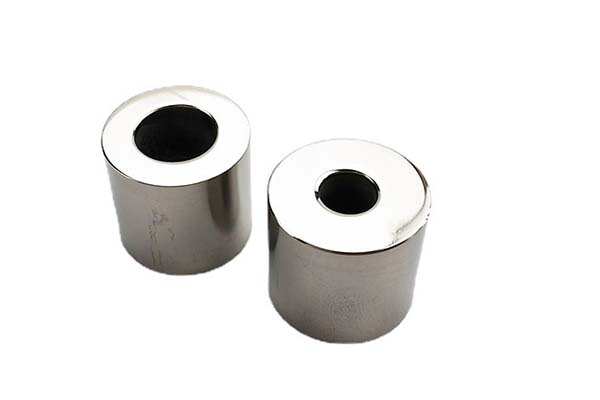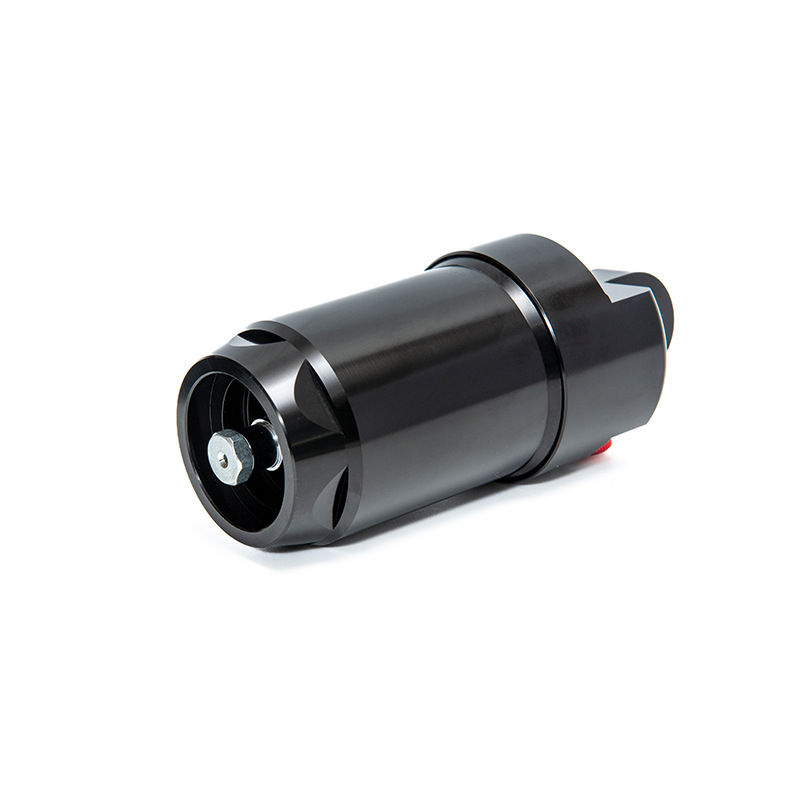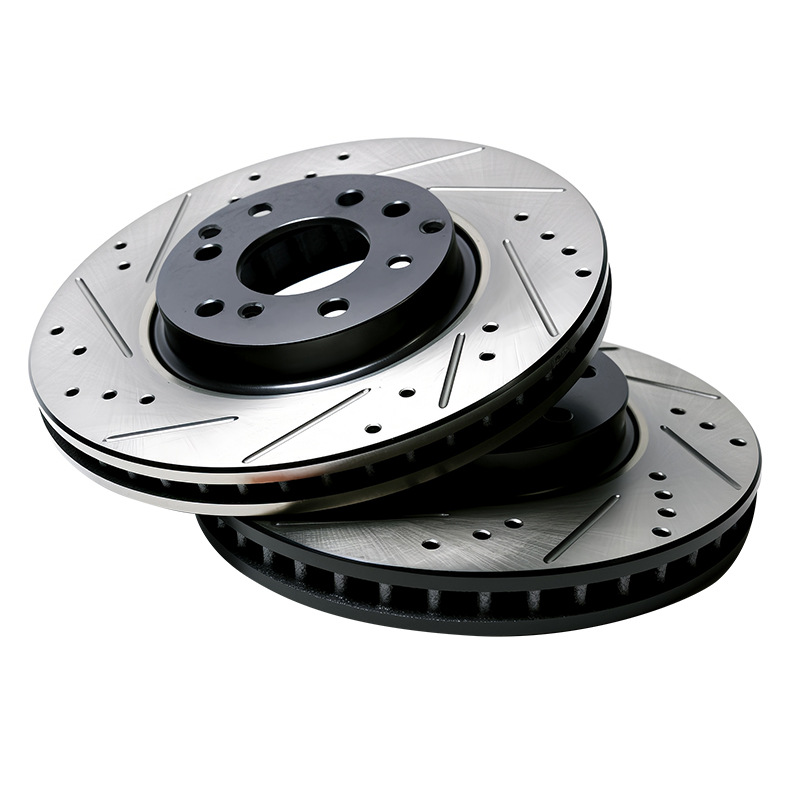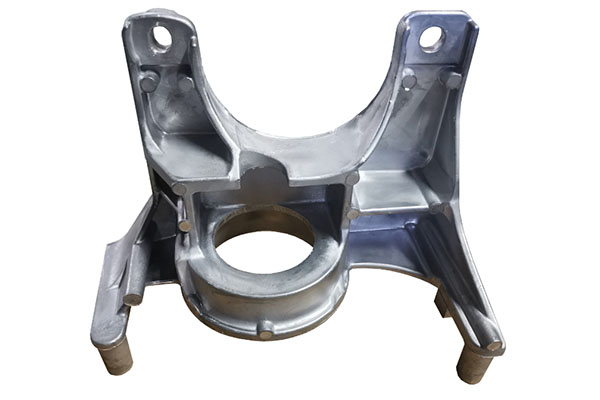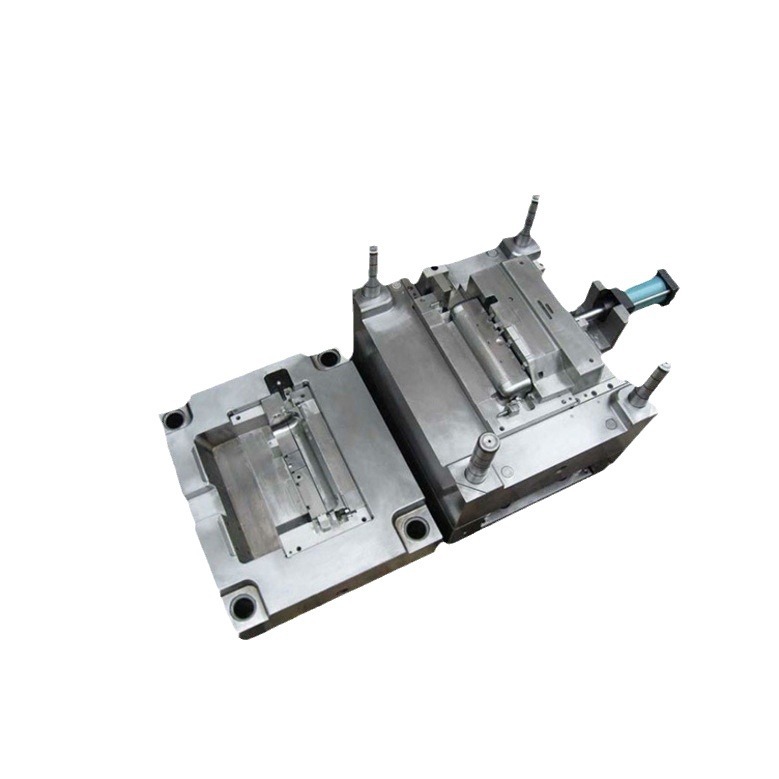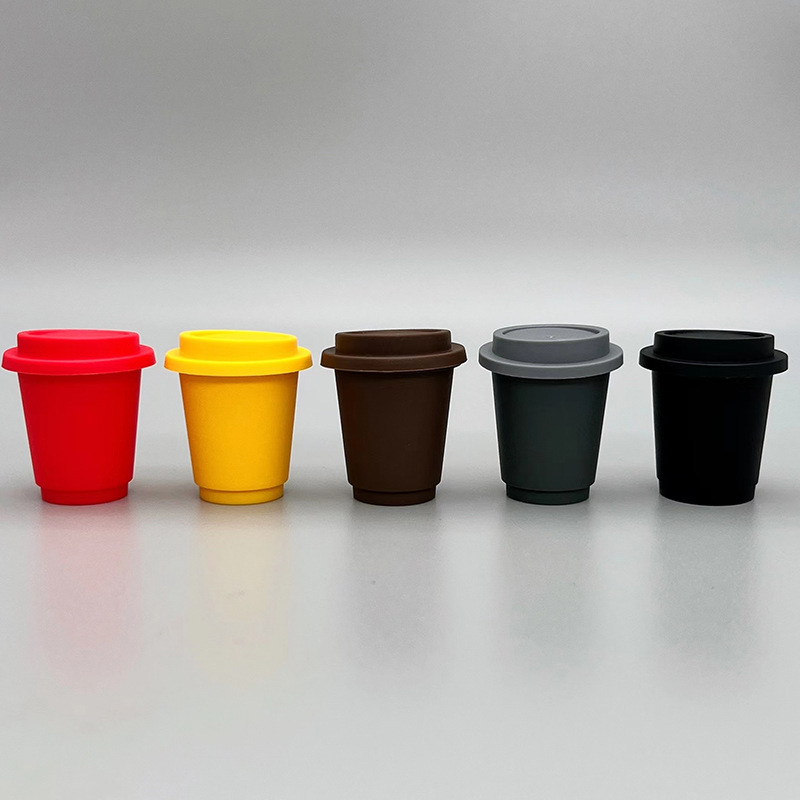1045 steel is a widely used medium-carbon steel valued for its balance of strength, machinability, and affordability, but optimizing its machining and treatment presents distinct challenges. Manufacturers often struggle with its tendency to work harden during high-speed cutting, leading to increased tool wear and poor surface finish. Achieving consistent hardness after heat treatment is another pain point, as improper quench and temper cycles can result in uneven properties, affecting component performance in applications like shafts and crankshafts. Additionally, selecting the right cutting tools and parameters is critical to balance material removal rates and precision, especially when transitioning from hot-rolled to cold-drawn stock. This guide addresses these challenges, providing actionable strategies to optimize CNC machining 1045 Steel for durability, accuracy, and cost-effectiveness across industrial applications.
Material Characteristics & Selection
1045 steel is a medium-carbon steel prized for its versatility and balanced properties:
- 1045 medium-carbon composition: Contains 0.43-0.50% carbon (with a typical 0.45% C content), 0.60-0.90% manganese, ≤0.04% phosphorus, ≤0.05% sulfur, and the remainder iron. This carbon content balances strength and machinability, making it suitable for both structural and mechanical components.
- Key mechanical properties:
- Tensile strength 1045: 570-700 MPa (83,000-101,500 psi) in the hot-rolled state; 750-1000 MPa after quenching and tempering, providing robust load-bearing capacity.
- Yield strength 1045: 330-410 MPa (48,000-59,500 psi) hot-rolled, increasing to 620-850 MPa after heat treatment, ensuring resistance to deformation under stress.
- Brinell hardness range: 170-210 HB hot-rolled; 200-300 HB normalized; 240-320 HB after quenching and tempering (30-40 HRC).
- Machinability rating 1045: Good, rated at 70% relative to 1215 free-machining steel, though lower than low-carbon steels like 1018 due to higher carbon content. Improves in the annealed state (160-190 HB) due to softer matrix.
- Weldability limitations: Poor to moderate—high carbon content increases cracking risk, requiring preheating to 200-300°C and post-weld annealing at 600-650°C for thick sections. Not recommended for critical welded joints.
- Hot-rolled vs cold-drawn 1045: Hot-rolled has a scaled surface and looser tolerances (±0.5 mm), suitable for rough machining. Cold-drawn offers better dimensional accuracy (±0.1 mm) and smoother surface (Ra 3.2-6.3 μm), reducing machining time for precision parts.
These characteristics make 1045 steel ideal for shafts, gears, and structural components requiring a balance of strength, machinability, and cost.
CNC Machining Parameters & Techniques
Optimal Parameters for Efficiency and Precision
- Cutting speed 1045 steel:
- Milling: 100-150 m/min with carbide inserts; 60-90 m/min with high-speed steel (HSS) tools. Reduce by 10-15% for cold-drawn material to avoid work hardening.
- Turning: 120-180 m/min for roughing (carbide); 80-120 m/min for finishing to achieve Ra 1.6-3.2 μm surface roughness.
- Feed rate medium-carbon steel:
- Milling: 0.10-0.20 mm/tooth for carbide endmills; 0.05-0.15 mm/tooth for HSS tools. Light feeds (0.08-0.12 mm/tooth) minimize work hardening in cold-drawn 1045.
- Turning: 0.15-0.30 mm/rev for roughing; 0.08-0.15 mm/rev for finishing, balancing material removal and surface quality.
- Depth of cut optimization: 2-5 mm for roughing to maximize metal removal; 0.5-1 mm for finishing to achieve tight tolerances (±0.01 mm).
- Carbide insert grades 1045: ISO P30-P40 grades (e.g., TNMG 160408) with TiAlN coatings offer optimal wear resistance. For interrupted cuts, use inserts with reinforced edges (0.03 mm hone).
- HSS vs carbide 1045: Carbide lasts 5-8× longer than HSS in high-volume production, while HSS is cost-effective for low-volume runs or simple geometries like bolts.
- Coolant selection 1045: Soluble oil (5-10% concentration) reduces friction and prevents built-up edge (BUE). High-pressure coolant (30-50 bar) improves chip evacuation in deep holes, extending tool life by 20-25%.
Heat Treatment & Post-Machining
Processes to Enhance Performance
- Quench and temper 1045: Heat to 820-860°C, quench in water or oil, then temper at 200-650°C. Achieves:
- 30-35 HRC (280-320 HB) for balanced strength and toughness (e.g., shafts).
- 40-45 HRC (320-380 HB) for wear resistance (e.g., gear blanks).
- Induction hardening 1045: Localized surface hardening to 50-55 HRC while keeping cores tough (30-35 HRC), ideal for bearing journals and hydraulic cylinder rods.
- Normalizing temperature: 850-900°C, air cool to refine grain structure, reducing machining inconsistencies in hot-rolled material. Improves tensile strength by 5-10% compared to as-rolled state.
- Stress relieving 1045: Heat to 600-650°C for 1-2 hours, slow cool to reduce residual stresses from machining or welding, preventing distortion in precision parts like crankshafts.
- Distortion control heat treatment: Use fixtures during quenching and slow cooling rates (≤100°C/hour) to minimize warpage. For complex parts, allow 0.1-0.2 mm machining allowance post-heat treatment.
Tooling & Coatings
Selecting Tools for Optimal Performance
- Coated carbide inserts 1045: TiAlN or AlTiN coatings reduce friction and extend tool life by 30-40% compared to uncoated inserts, critical for high-volume production of shafts and rods.
- PVD TiAlN coating medium-carbon steel: Maintains sharp edges at high speeds (120-150 m/min), improving surface finish in finishing operations—Ra 1.6 μm achievable in a single pass.
- Variable helix endmills 1045: Reduce chatter by 50% compared to straight helix tools, improving surface quality in thin-wall sections (e.g., hydraulic cylinder rods with 2-3 mm wall thickness).
- High-feed milling cutters: Enable material removal rates up to 400 cm³/min with shallow depths of cut (0.5-1 mm), ideal for roughing large 1045 steel blocks efficiently.
- Toolholder rigidity 1045: Shrink-fit or hydraulic toolholders minimize runout (≤0.01 mm), essential for maintaining precision in gear blank machining.
Surface Finish & Grinding
Achieving Precision and Quality
- Surface roughness 1045 CNC: Hot-rolled 1045 achieves Ra 3.2-6.3 μm with carbide tools; cold-drawn material reaches Ra 1.6-3.2 μm, reducing finishing time.
- Ra turning 1045: Target Ra 1.6 μm for general components, Ra 0.8 μm for sealing surfaces (e.g., hydraulic cylinder rods), achieved with fine feeds (0.08-0.10 mm/rev) and sharp inserts.
- Grinding hardened 1045: Use aluminum oxide wheels (80-120 grit) for rough grinding, 180-240 grit for finish grinding. Achieves Ra 0.4-0.8 μm and tolerances ±0.005 mm for bearing surfaces.
- Polishing medium-carbon steel: Follows grinding for decorative or high-precision applications, using 600-1200 grit sandpaper to reach Ra ≤0.025 μm (e.g., hydraulic cylinder rods requiring smooth sealing).
- Chatter marks prevention: Ensure machine rigidity, reduce tool overhang, and use low radial engagement (10-20% of tool diameter) to eliminate vibrations in finishing cuts.
Applications & Case Studies
1045 steel excels in medium-strength components requiring machinability and cost-effectiveness:
- 1045 steel shafts CNC: Machined to tight tolerances (±0.01 mm) for motor and gearbox applications. A case study showed 1045 shafts lasting 15,000+ hours in industrial motors, outperforming 1020 steel by 30% in wear resistance.
- Hydraulic cylinder rods 1045: Induction hardened to 50-55 HRC, ground to Ra 0.4 μm, and chrome-plated for corrosion resistance. Withstand 20,000+ extension cycles (2000 psi) without failure.
- Automotive crankshafts: Forged 1045 steel, CNC machined with precision journals (±0.005 mm), heat-treated to 30-35 HRC for toughness. Meet OEM durability standards at 60% of alloy steel cost.
- Gear blanks 1045: Cold-drawn 1045 with CNC turning and hobbing, heat-treated to 40-45 HRC for wear resistance. A case study in agricultural machinery showed 1045 gear blanks lasting 8000+ operating hours, matching alloy steel performance at lower cost.
- Agricultural axle shafts case study: 1045 steel axle shafts, heat-treated to 35-40 HRC, withstood heavy loads (5000 kg) and muddy conditions, outperforming 1018 steel shafts by 50% in field tests.
Yigu Technology’s Perspective
At Yigu Technology, we specialize in CNC machining 1045 Steel for automotive, hydraulic, and industrial clients. Our data shows TiAlN-coated carbide inserts reduce tool wear by 35% when machining cold-drawn 1045 at 120-150 m/min. For hydraulic cylinder rods, we use variable helix endmills and high-pressure coolant to achieve Ra 1.6 μm in roughing, reducing grinding time by 20%. We recommend induction hardening for wear-critical surfaces, with post-treatment grinding to ±0.005 mm tolerances. Our 5-axis machining centers handle complex parts like crankshafts, leveraging 1045’s machinability for cost-effective production. With ISO 9001 certification, we deliver 1045 components balancing strength, precision, and affordability for medium-stress applications.
FAQ
- What makes 1045 steel a popular choice for mechanical components?
1045 steel offers an ideal balance of tensile strength (570-1000 MPa), machinability rating (70%), and affordability, making it suitable for shafts, gears, and structural parts. Its 0.45% C content allows heat treatment to 30-45 HRC, customizing properties for strength or wear resistance.
- What are the optimal CNC machining parameters for 1045 steel?
Use cutting speeds of 100-150 m/min (carbide) for milling and 120-180 m/min for turning. Feed rates of 0.10-0.20 mm/tooth (milling) and 0.15-0.30 mm/rev (turning) balance efficiency and surface quality. Coolant with 5-10% soluble oil improves tool life and chip evacuation.
- How does heat treatment affect 1045 steel’s performance?
Quench and temper 1045 increases strength and hardness (30-45 HRC) while maintaining toughness, suitable for load-bearing parts. Induction hardening provides localized wear resistance (50-55 HRC) for surfaces like bearing journals, extending component life without sacrificing core toughness.
